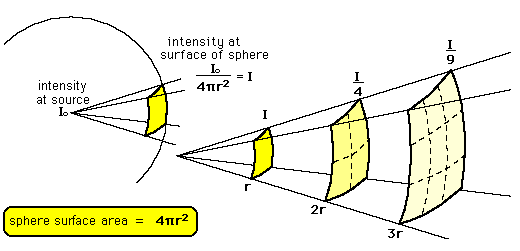
The signal is detected by a supercon-ducting differential accelerometer, making a highly sensitive sensor of the gravity force generated by the source mass.

Two test masses, also disk-shaped, are suspended on the two sides of the source mass at a distance of 100 μm to 1 mm. Proportional Integral Differential (PID) control system. 8.3 - Understand the role of gravity in creating stable elliptical orbits. To minimize Newtonian errors, ISLES employs a near-null source of gravity, a circular disk of large diameter-to-thickness ratio. The whole experiment is composed by the tor- sion balance system, capacitive sensor system, a digital. The low-damping magnetic levitation, combined with a low-noise SQUID, leads to extremely low intrinsic noise in the detector. only within the last century that any laboratory experiments have been made to test the inverse square law for gravitation, and all but one has been carried.


Calculation: Strength of Earths gravitational field1/(distance from the center of. As designed, the experiment will be cooled to less than 2 K in NASA’s low temperature facility the LTMPF, allowing superconducting magnetic levitation in microgravity to obtain very soft, low-loss suspension of the test masses. Definition: Area over which something is spread out. The measures to be applied for reducing the effects of disturbances will be described in this presentation. Coulombs inverse-square law, or simply Coulombs law, is an experimental law of physics that quantifies the amount of force between two stationary, electrically charged particles. To accomplish these goals on the rather noisy International Space Station, the experiment is set up to provide immunity from the vibrations and other common-mode accelerations. The force of gravity is so weak that stray electric fields (from the. ISLES will be sensitive enough to detect axions with the strongest allowed coupling and to test the string-theory prediction with R⩾5 μ m. measure the inverse-square law of gravity at m scales, which were not previously possible in the experiment performed by Henry Cavendish 54 in the 18th. At very small scalesin the laboratoryverifying that gravity obeys the inverse-square law is much more challenging.

The gravitational field strength is directly proportional to mass creating the field and inversely proportional to the square of the distance.The objective of ISLES (inverse-square law experiment in space) is to perform a null test of Newton’s law on the ISS with a resolution of one part in 10 5 at ranges from 100 μm to 1 mm. G g g g is the gravitational field strength. F g = G m 1 m 2 r 2 F_ g = m 2 F g = G r 2 m 1 g, equals, start fraction, F, start subscript, g, end subscript, divided by, m, start subscript, 2, end subscript, end fraction, equals, G, start fraction, m, start subscript, 1, end subscript, divided by, r, squared, end fraction How can we be sure that gravity follows an inverse square law I havent seen anyone show how Newton came to the conclusion. An infinite plane slab is a Newtonian null source in that the gravity force it exerts on a.


 0 kommentar(er)
0 kommentar(er)
